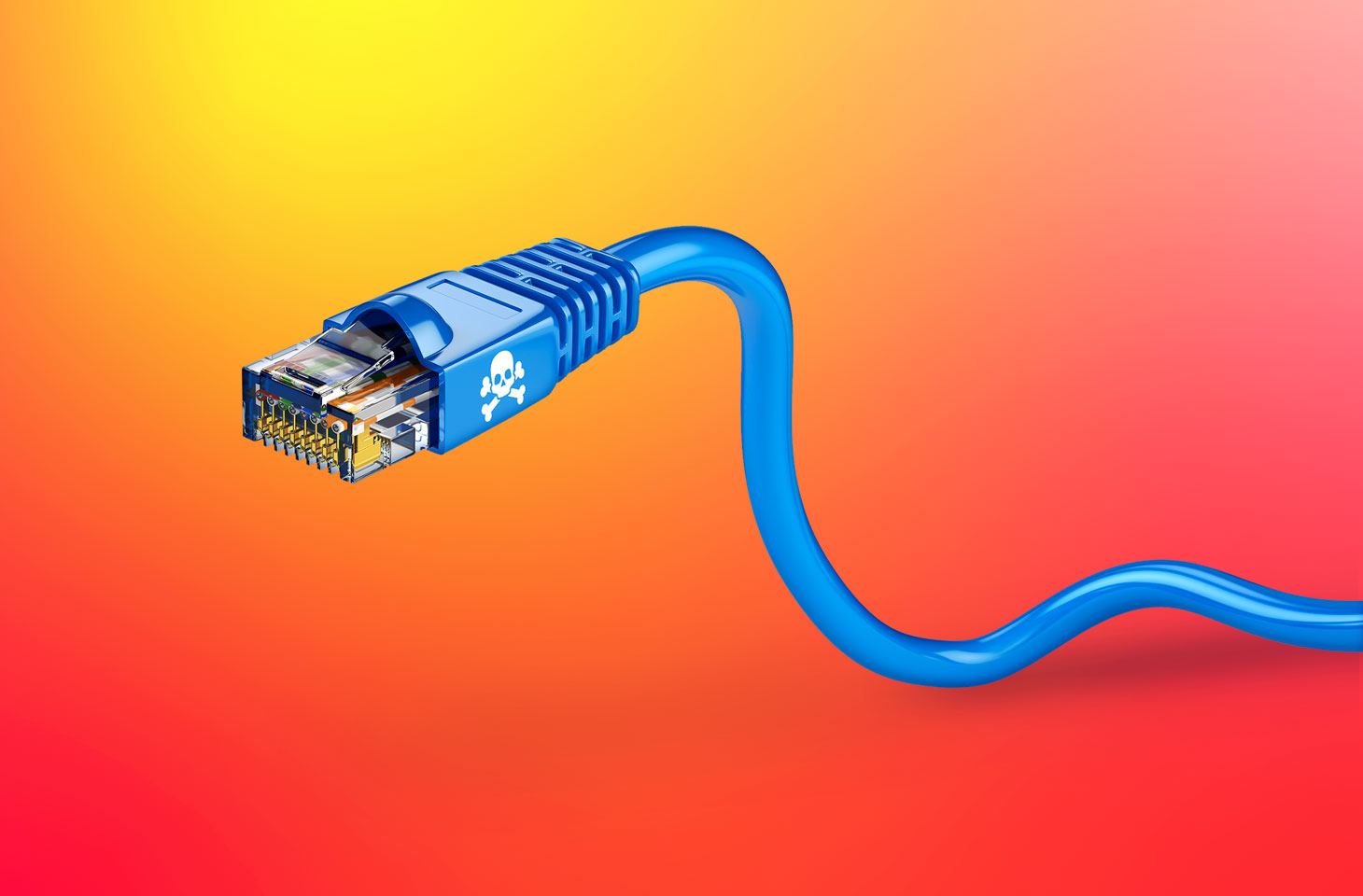Wired networks are generally considered more secure than Wi-Fi because they require physical access to connected devices. Nevertheless, such networks have their weaknesses, which we examine here.
LAN sockets in hallways and reception areas
Imagine that your company moves to a new office. Minor adjustments are made, perhaps some rooms are repurposed, but the previous tenant’s LAN sockets usually remain in place. After all, opening up the walls and rewiring everything takes time and money. However, some Ethernet ports might not be in the most suitable places. For example, you may find some in reception areas or hallways.
Many companies leave them live even if they have no plans to use them. That means they can be used not only by employees, but also by visitors: couriers, job seekers, client representatives, and so forth. Nothing prevents an outsider from hooking up to the LAN socket and getting inside your company’s internal network, and most likely, no one will pay any attention to what’s going on. A visitor buried in a laptop, waiting for whoever they’ve come to see, does not look suspicious. Even if someone notices a wire plugged into the wall, they will probably think the device is just recharging.
Sure, the cybercriminal will have to spend some time hacking into the network resources. But if the resources are protected by weak or even default passwords, they can be accessed in a matter of seconds. What’s more, if the LAN socket in the reception area is located in a fairly secluded place, the attacker might connect a small device with remote access, and then attack your network from anywhere.
Network devices in public places
No less dangerous is network equipment located in publicly accessible areas. An unscrupulous visitor to your office could seize the opportunity to connect a device to a router or network printer. Terminals and ATMs are also targets if network cables and ports are not hidden inside the chassis. For example, in 2016, cybercriminals connected skimmers to unprotected ATMs and scooped up customers’ card details.
How to protect yourself
To preclude an attack through LAN sockets and network devices in public areas, you must keep a close eye on all of them:
- Keep a record of network sockets and equipment, and be sure to disable any that you don’t use, especially if they’re located in a public area.
- If possible, place routers and other network devices in rooms that are off limits to visitors.
- Assign separate subnets to critical departments. That way, attackers will not be able to penetrate them, even if they connect to your local network.
- Protect all computers and servers with robust security solutions such as Kaspersky Endpoint Security for Business Advanced.
 networks
networks

 Tips
Tips